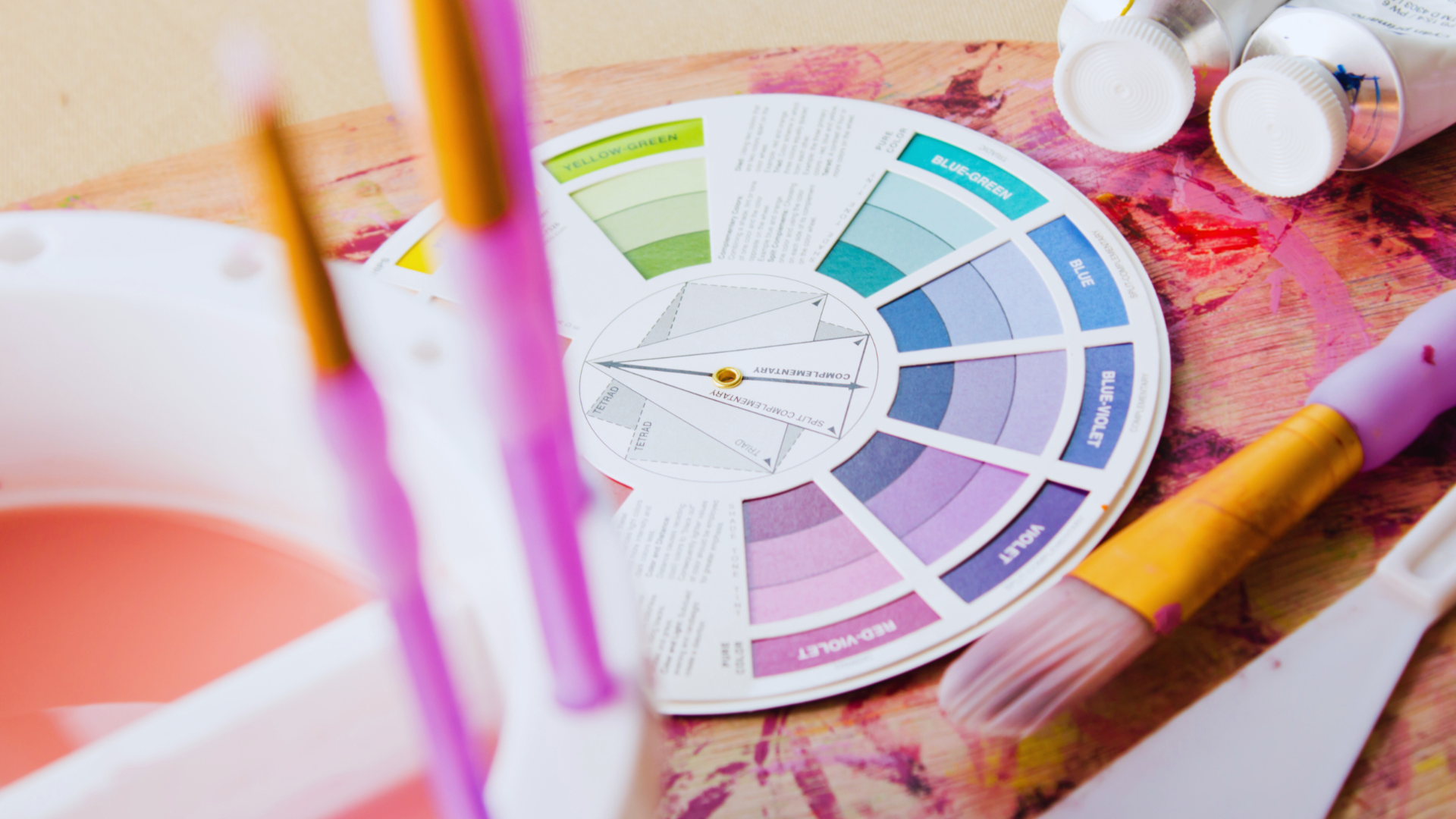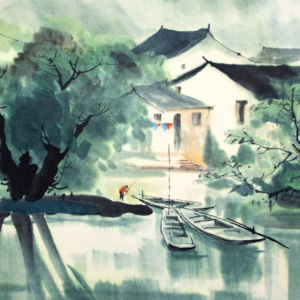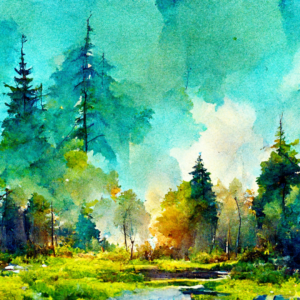Color plays a crucial role in the visual arts, serving as a powerful tool for artists to express emotions and evoke powerful feelings in viewers. Using specific colors can significantly influence the emotional impact of a piece, allowing the artist to communicate complex sentiments effectively. Each hue carries its own associations and can transform a simple scene into a profound statement about human experience.
Artists have long understood the psychological effects of color. For instance, warm colors like red and orange can create feelings of passion or warmth, while cool colors such as blue and green tend to evoke calmness or sadness. By thoughtfully selecting colors, artists can guide the audience’s emotional journey, enhancing their connection to the artwork.
Exploring the interplay of color and emotion opens up a rich dialogue in art. Artists can manipulate color combinations to create tension or harmony, encouraging viewers to engage on a deeper level. This deliberate use of color not only enriches the artwork but also invites the audience to experience the artist’s emotional landscape.
Understanding Color Theory in Art
Color theory serves as a fundamental framework for artists to comprehend how colors interact and influence emotions. The study of the color wheel, alongside the concepts of hue, saturation, and value, plays a crucial role in creating impactful artwork.
The Color Wheel and Its Significance
The color wheel is an essential tool in visual art, representing the relationships between colors. It consists of primary, secondary, and tertiary colors. Primary colors (red, blue, and yellow) can be mixed to create secondary colors (green, orange, and purple), leading to further combinations with tertiary colors.
Artists utilize the color wheel to make informed decisions about color palettes. For example, complementary colors—those opposite each other on the wheel—can create strong contrasts and evoke specific emotional responses. Meanwhile, analogous colors—located next to each other—tend to produce harmony and peace within a composition.
Understanding these relationships enables artists to manipulate colors effectively, enhancing the emotional impact of their work.
Hue, Saturation, and Value
Hue refers to the actual color name, such as red, blue, or green. This aspect helps define the primary color identity in artwork.
Saturation describes the intensity or purity of a hue. A highly saturated color appears vibrant and lively, while a desaturated color appears muted or pastel. This quality allows artists to convey different moods through their color choices.
Value relates to the lightness or darkness of a color. Adjusting the value can dramatically alter a piece’s atmosphere. For example, darker values might evoke somberness, while lighter values can suggest tranquility. Artists combine these elements to create a dynamic range of emotions in their art.
Emotional Impact of Color Choices
The impact of color on emotional expression in art is profound. Artists can leverage specific colors to evoke desired feelings and set the atmosphere of their work. Understanding the cultural meanings and psychological effects of colors can enhance the emotional communication within an artwork.
Cultural and Contextual Meanings of Colors
Colors carry different meanings across various cultures. For instance, red often symbolizes passion, love, or danger, while in some contexts, it can represent luck or prosperity. Blue traditionally conveys calmness and serenity, but it may also evoke feelings of sadness in certain settings.
Green is frequently associated with nature, growth, and tranquility. In contrast, yellow is linked to happiness and optimism but can also signal caution. Black often pertains to mourning or elegance, while white is typically seen as a symbol of purity and innocence. Artists must consider these meanings to align their color choices with the intended emotional response.
Psychology Behind Color and Mood
Color psychology reveals how hues influence mood and emotional state. Warm colors like red, orange, and yellow are stimulating and can raise energy levels. They create an atmosphere of warmth and comfort or urgency and aggression, depending on the context.
Cool colors, such as blue and green, often produce a calming effect. They can reduce stress and promote relaxation, allowing viewers to engage with the artwork on a deeper emotional level.
Using color in a calculated manner enables artists to craft atmospheres and influence viewers’ feelings, enhancing the overall impact of their work. Selecting the right palette is critical for conveying the intended emotional narrative.
Color in Artistic Expression and Technique
Color plays a critical role in artistic expression, influencing how emotions are perceived and interpreted. Techniques such as aerial perspective and color harmony provide artists with essential tools to enhance depth and emotional response in their artworks.
Aerial Perspective and Depth Using Color
Aerial perspective refers to a technique where color and clarity change in relation to distance. Artists like Vincent van Gogh and Edvard Munch utilized this method effectively.
In a landscape, distant objects often appear bluer and less saturated. Closer objects showcase more vibrant and warmer hues. This distinction helps create a sense of depth within the artwork. For instance, Van Gogh’s landscapes convey a feeling of expansiveness, drawing viewers into the scene.
By manipulating color saturation and temperature, artists can guide the viewer’s eye and create a three-dimensional effect. This technique not only enhances realism but also evokes specific emotions tied to the depicted environment.
Color Harmony and Contrast in Composition
Color harmony occurs when colors work cohesively together, creating aesthetic appeal. This can be achieved through complementary, analogous, or triadic color schemes.
Complementary colors, found opposite each other on the color wheel, can create striking contrasts that draw attention. Artists often use this to highlight focal points within their compositions.
Analogous colors, located next to each other, foster a more subtle and unified look. This can evoke feelings of calmness and serenity.
Edvard Munch’s use of bold, contrasting colors intensifies the emotional impact in works like “The Scream.” Such approaches underscore the ability of color to shape composition and influence audience perception.





